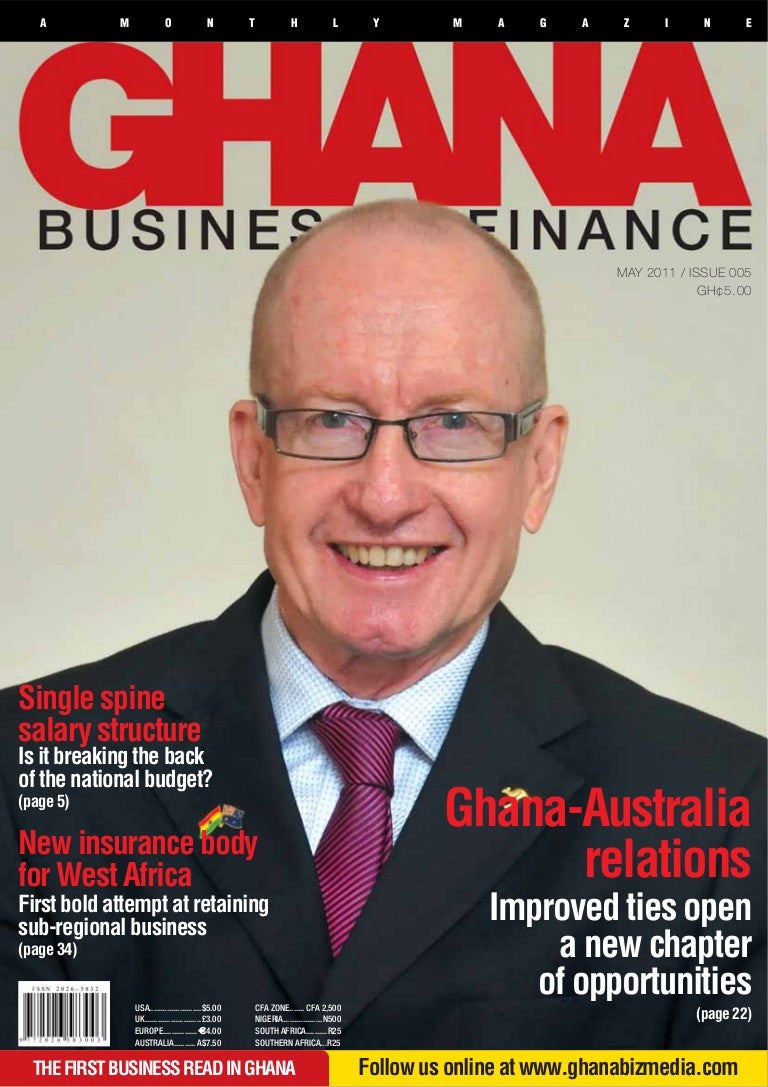
Half the time we will win, giving us a profit of £1, half the time we will lose, giving us a loss of £1. So for example, if we were being given fair odds of 2.00 for a coin toss, essentially a 50-50 event, over a sample size of thousands of £1 bets, it is likely that we will not lose any money. To do so they offer us odds of anywhere between 1.85 to 1.99 as ‘even money.’ They take out their percentage. They’re in business to make money after all.
#GBF BOOKMAKER FULL#
In other words, you’re getting full value on your return.īut bookmakers want their slice of the action. This is what is known as a ‘100% market’ or ‘fair odds’. Now if bookmakers were offering a fair market without a margin, the odds would of course be an even 2.00 on both heads and tails. We can expect that over enough tosses, it is 50% as likely that a coin will come up heads as it will tails. So let’s use the example of tossing a coin. This is where it is deemed by the bookmaker that both sides of the market will attract equal action from a betting public that considers each outcome as an even probability, 50-50.

So what’s an example of a market with the bookmaker margin taken out? Well, the clearest example to offer is on so-called ‘even money’ events. And although it’s unlikely that a bookmaker will achieve that perfectly balanced liability on each side of a specific event, by offering hundreds of markets each day on a wide range of sporting events, they can be confident that their overall liability will even out and they can take their cut of the money put down by bettors. In other words, the margin is the percentage of money taken from bettors that the bookmaker will claim should they balance their liability perfectly. When framing odds for a particular event, bookmakers are attempting to set odds that they think will attract betting on both sides of the market, therefore balancing the bookmaker’s liability given the possible outcomes.īut if the bookmaker’s liability is equal given any outcome, how does a bookmaker make a profit themselves? The answer is of course, the margin.īookmakers take this slice out of the odds they offer, resulting in a profit, or ‘margin’ once their liability is balanced on either side of the odds. And a risk taker is exactly what a bookmaker is not. Yes, bookmakers may have a preferred winner in any given contest, but it’s not in any way a result of favouring one side when framing the odds. Some believe that bookmakers are ‘risk takers’, that the odds offered by bookmakers are more a reflection of who the bookmaker thinks will win a particular contest and that in affect, bookmakers have a preferred winner in any given contest.

Whatever you want to call it, it’s that slice of action every bookmaker takes out of the odds so as to make their business worth their while.Īnd it varies from bookmaker to bookmaker and even from event to event with bookmakers sometimes offering special ‘reduced juice’ on particular leagues or tournaments to attract customers, offering bettors higher odds and greater returns than those on offer at competing bookmakers.īut what exactly are bookmaker betting margins? How do you calculate them? How much commission are you paying with each bet and what impact can it have on your betting returns? What Are Bookmaker Margins? It goes by many names: the Juice, the Vig, the Margin, the Commission, The Take, The Percentage, The Cut. Or in other words, 5% of our outlay of 10 units.Īs you can see, when people refer to “beating the bookmaker”, what they are really saying is that success in betting long term, means beating the bookmaker margin.

How so? We outlay 10 units, picking 5 winners at 2.00.īut with standard bookmaker commission on odds of 2.00 at 5%, we receive a return of 1.90.


 0 kommentar(er)
0 kommentar(er)
